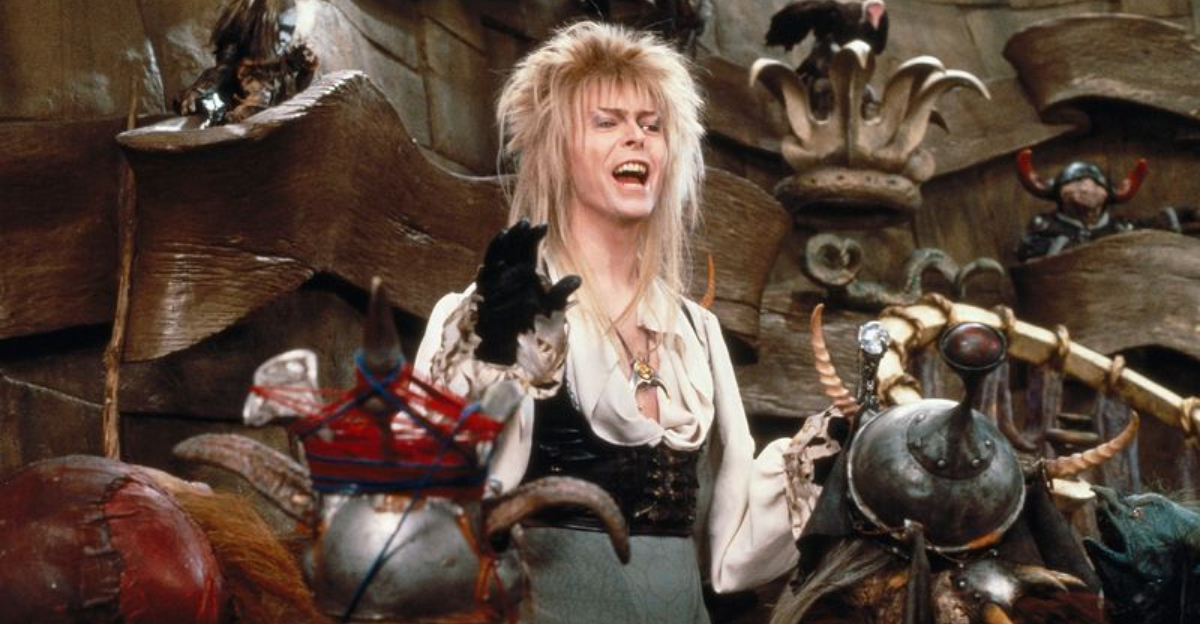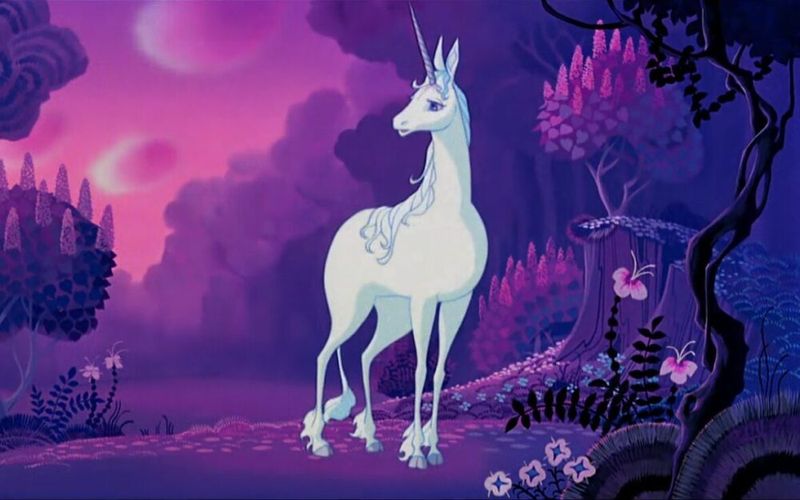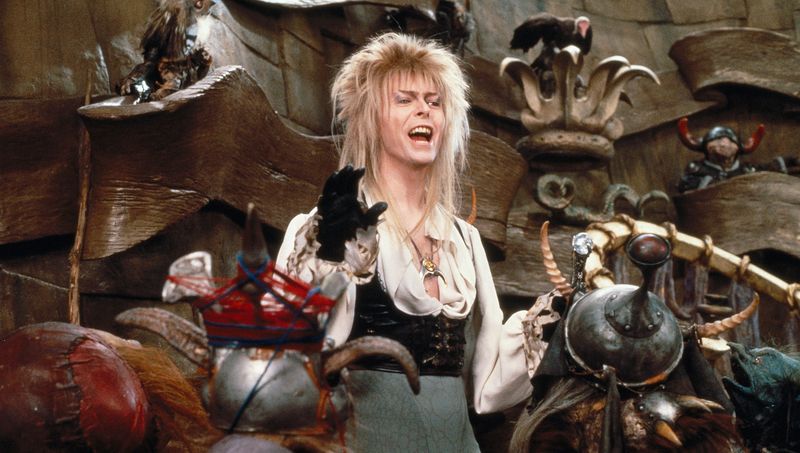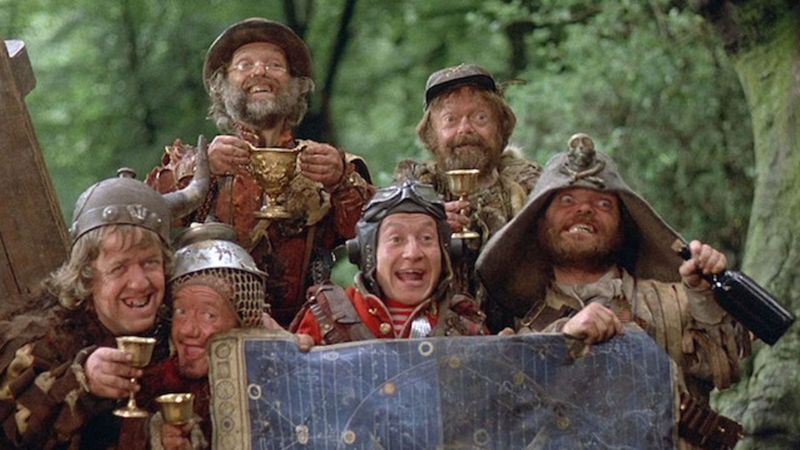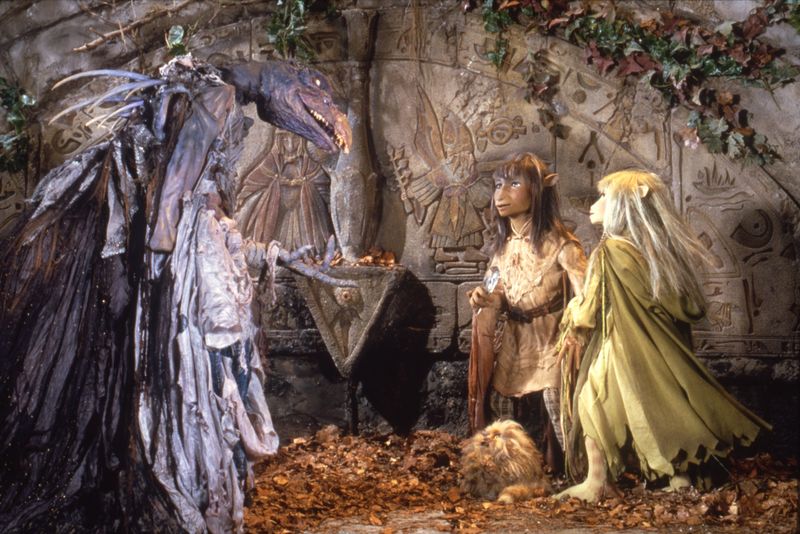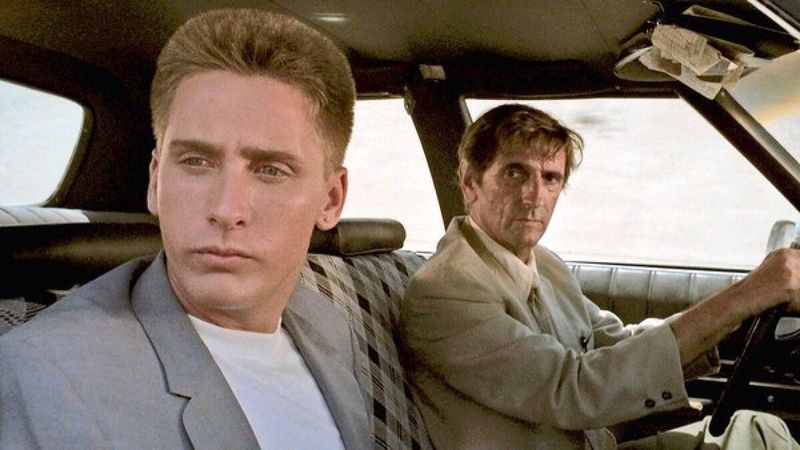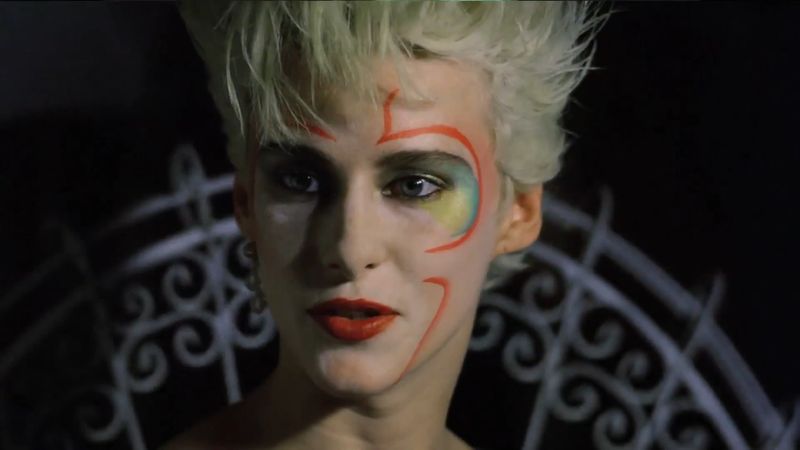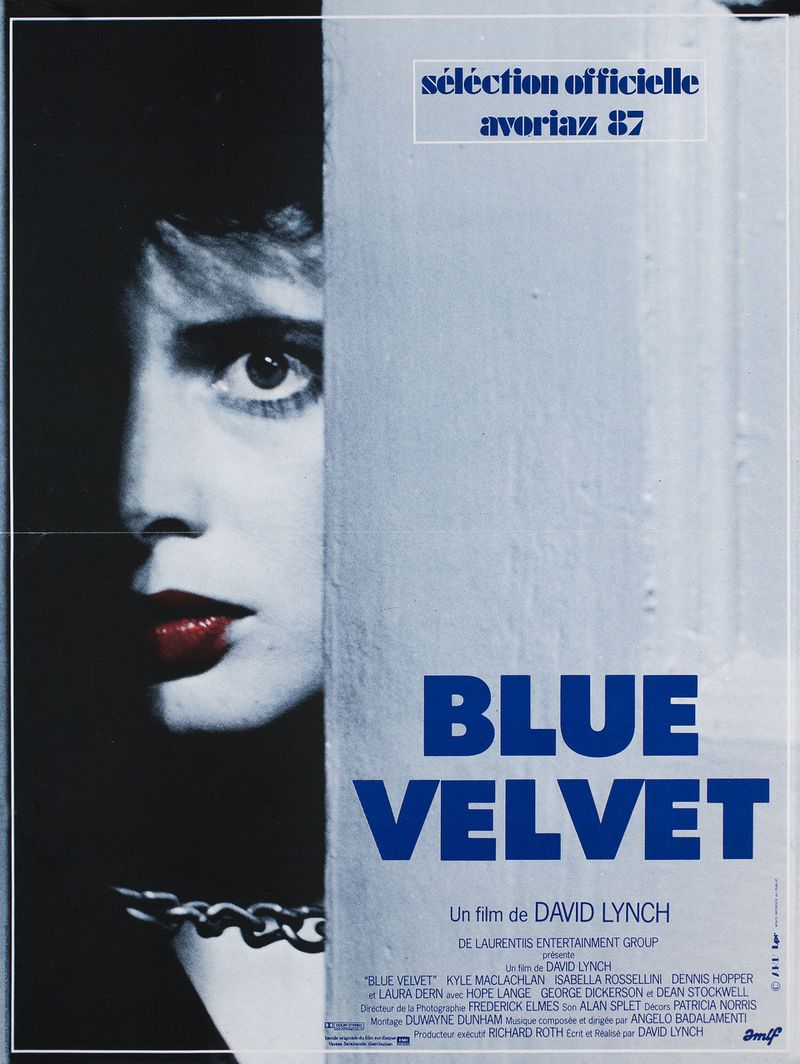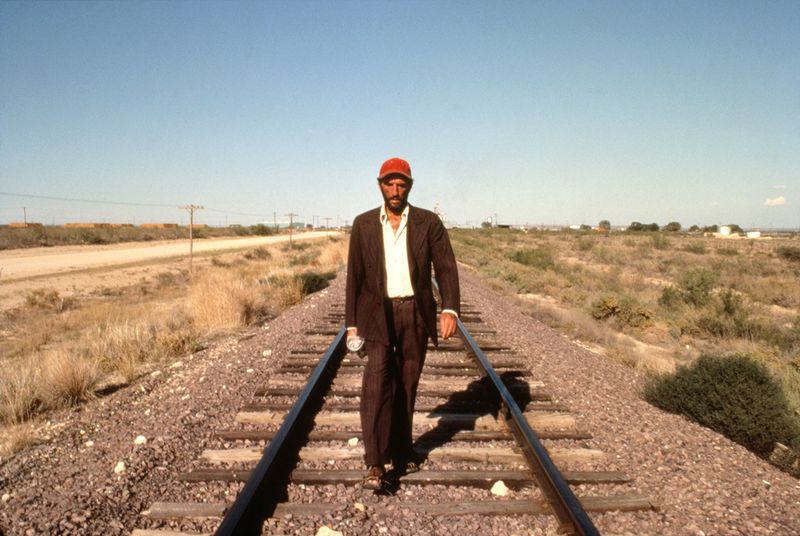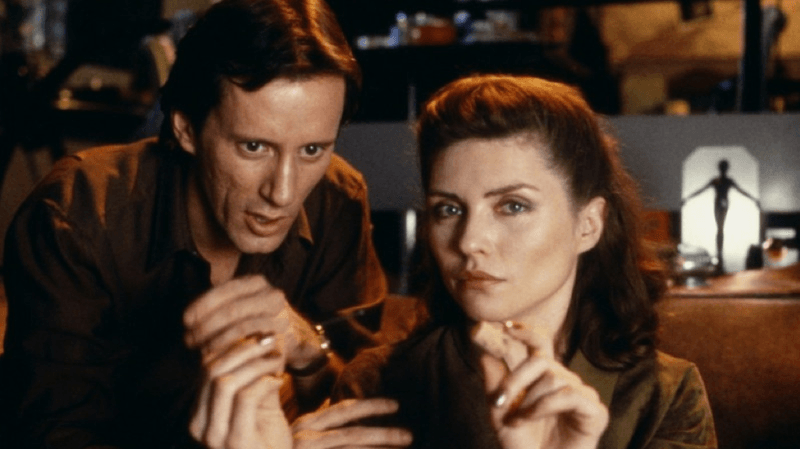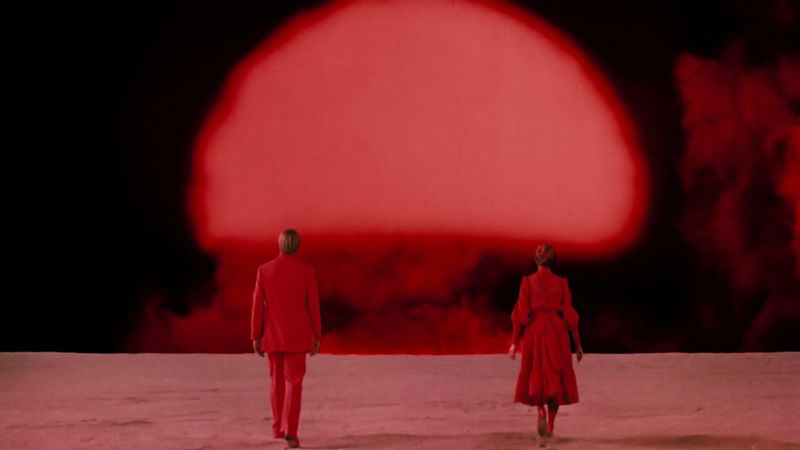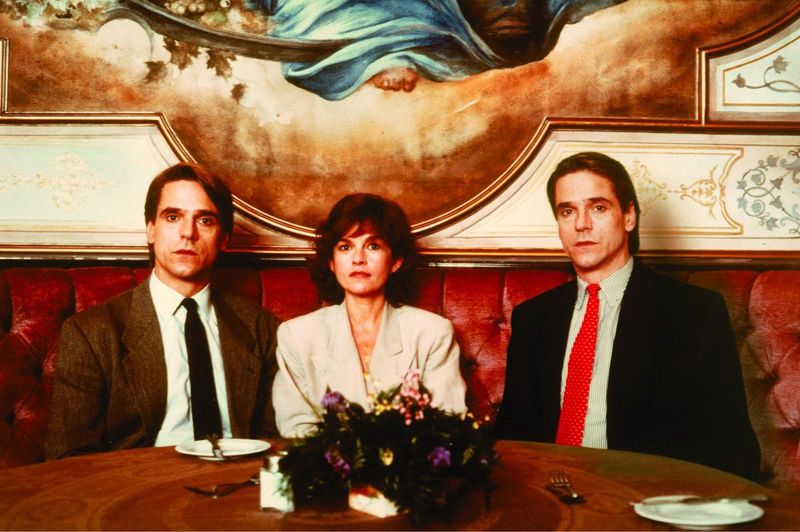Film history is filled with iconic movies that perfectly encapsulated the values, style, and spirit of their time. However, many of these beloved classics would struggle to find their place in today’s cinematic landscape. Here’s a look at 14 classic films that captured the essence of their era but would likely never be made today due to shifts in cultural sensibilities, technological advancements, and changing audience expectations.
1. Who Framed Roger Rabbit (1988)
Who Framed Roger Rabbit masterfully combined live-action and animation, creating a surreal and intriguing world where cartoon characters and humans coexist. This film boldly incorporated adult humor and noir themes, making it a standout in 1988. Its unique blend of animation and live-action storytelling was a groundbreaking achievement. Today, the animation landscape leans towards family-friendly content, limiting such experimental and edgy narratives. The cutting-edge animation techniques and risky narrative choices set it apart, yet these very elements make it unlikely to be greenlit in the current cinematic climate. The blend of styles, while celebrated then, is rarely attempted now.
2. The Conversation (1974)
The Conversation is a tense character study that delves into themes of paranoia and surveillance. This 1974 film explores the inner turmoil of its protagonist, a surveillance expert, in a quiet, introspective manner. The film’s slow-burn narrative and emphasis on character development are rare in today’s studio-driven, fast-paced market. Its exploration of privacy and moral ambiguity resonates deeply, yet its understated style and pacing would be deemed “too risky” for contemporary audiences. The film’s minimalist approach, coupled with its deep philosophical questions, highlights a bygone era of cinematic storytelling focused on introspective journeys.
3. The Last Unicorn (1982)
The Last Unicorn is a poignant animated fantasy that weaves together themes of melancholy, mortality, and poetic dialogue. Released in 1982, it stands apart with its hauntingly beautiful animation and narrative depth. Unlike current animated fare, which often targets young audiences with upbeat themes, this film embraces a more contemplative tone. The ethereal visuals and emotive storytelling create a magical experience that is both enchanting and bittersweet. Today’s animation typically shies away from such profound themes, focusing instead on humor and action. The Last Unicorn remains a testament to the power of meaningful storytelling in animation.
4. Labyrinth (1986)
Labyrinth, starring the enigmatic David Bowie, is a cinematic treasure filled with puppetry, music, and fantasy. The film’s eerie overtones and dreamlike narrative structure defy modern blockbuster formulas. Its creativity and artistry, paired with Bowie’s unforgettable performance, set it apart. The film’s dark and whimsical atmosphere creates an experience that would not align with today’s mainstream fantasy films. Puppets and fantastical creatures offer a tactile charm that CGI cannot replicate. Despite its cult status, Labyrinth’s unique charm and unconventional storytelling make it a rarity in today’s film industry, where formulaic blockbusters dominate.
5. Time Bandits (1981)
Time Bandits, directed by Terry Gilliam, is a whimsical and philosophical time-travel adventure that defies categorization. Released in 1981, it features a group of time-traveling dwarfs, dark humor, and an ending that challenges conventional storytelling. The film’s unique blend of adventure and existential musings is a rarity in today’s film landscape. Modern studios prioritize uplifting narratives, making Time Bandits’ philosophical undertones and unconventional ending a difficult sell. Its imaginative storytelling and visual creativity highlight a time when filmmakers could explore uncharted territories without conforming to contemporary norms.
6. The Dark Crystal (1982)
The Dark Crystal, a Jim Henson masterpiece, is an ambitious puppet-driven epic with mystical and bleak undertones. Released in 1982, it showcased groundbreaking puppetry and world-building. The film’s slow pace and eerie, otherworldly atmosphere offer a unique viewing experience. Studios might remake it today, but they would likely strip away its eerie soul in favor of more conventional storytelling. The film’s artistic ambition and commitment to practical effects stand in stark contrast to today’s CGI-heavy productions. The Dark Crystal remains a testament to the creative possibilities of puppetry and practical effects in storytelling.
7. Repo Man (1984)
Repo Man is a punk sci-fi satire drenched in nihilism and anti-authoritarian themes. Released in 1984, it stands out for its strange dialogue and unique narrative structure. The film captures the gritty, rebellious spirit of its era, offering a countercultural perspective that challenges mainstream ideologies. Its raw energy and unconventional storytelling make it a cult classic. In today’s film landscape, where streaming hits often prioritize broad appeal, Repo Man’s edgy and niche approach would struggle to find a place. The film remains a fascinating exploration of punk culture and its impact on storytelling.
8. Liquid Sky (1982)
Liquid Sky is an avant-garde sci-fi film steeped in 1980s New York counterculture. Released in 1982, it combines elements of drug use, alien invasions, and synth music to create an unconventional narrative. The film’s bold visuals and thematic exploration of identity and addiction challenge traditional storytelling norms. Its experimental style and focus on subversive themes make it a standout piece of cinema. In today’s market, where mainstream appeal often dictates success, Liquid Sky’s avant-garde nature would struggle to find an audience. The film remains a unique exploration of counterculture and its influence on the sci-fi genre.
9. Brazil (1985)
Brazil, directed by Terry Gilliam, is a dystopian satire that delves into the absurdity of bureaucracy. Released in 1985, it famously fought with the studio over its final cut, highlighting the tension between artistic vision and commercial interests. The film’s surreal visuals and biting commentary on societal structures set it apart. Today, studios often prefer productions with less resistance and more streamlined narratives. Brazil’s willingness to challenge audiences with its complex themes and visual storytelling marks it as a relic of a time when filmmakers could push boundaries without compromise.
10. Blue Velvet (1986)
Blue Velvet, a David Lynch masterpiece, explores the dark underbelly of suburbia with a psychosexual thriller narrative. Released in 1986, it dives into the surreal and unsettling aspects of everyday life. The film’s bold exploration of taboo subjects and its atmospheric tension offer a viewing experience that is both captivating and disturbing. Major studios today are often hesitant to embrace such intense and surreal horror. Blue Velvet’s willingness to confront uncomfortable truths and its distinctive visual style make it a unique entry in cinematic history, capturing a time when filmmakers dared to challenge societal norms.
11. Paris, Texas (1984)
Paris, Texas is a haunting exploration of estrangement and redemption, directed by Wim Wenders. Released in 1984, it features quiet, patient storytelling that unfolds against the backdrop of the American desert. The film’s introspective narrative and emphasis on character journeys make it a rare find in today’s fast-paced market. Its contemplative mood and visual storytelling create a poignant cinematic experience. While modern films often prioritize action and spectacle, Paris, Texas remains a testament to the power of subtle, emotionally resonant narratives. The film captures the essence of a bygone era in filmmaking, where stories were told with patience and care.
12. Videodrome (1983)
Videodrome, directed by David Cronenberg, is a body-horror media satire that is wildly unsettling and philosophical. Released in 1983, it explores themes of technology and human perception, creating a narrative that is both thought-provoking and disturbing. The film’s analog anxiety and surreal visuals offer a unique cinematic experience. In today’s market, where mainstream appeal often dictates success, Videodrome’s unsettling nature would struggle to find an audience. Its willingness to dive into complex themes and its distinctive visual style make it a relic of a time when filmmakers were not afraid to push boundaries.
13. Altered States (1980)
Altered States is a wild exploration of sensory deprivation, psychedelic hallucinations, and evolutionary regression. Released in 1980, it offers a narrative that challenges both the mind and the senses. The film’s experimental visuals and philosophical musings create a cinematic experience that is both challenging and engaging. In today’s film landscape, where conventional storytelling often dominates, Altered States’ willingness to explore uncharted territories would be considered a risk. Its innovative approach to narrative and visual storytelling marks it as a unique piece of cinema, capturing a time when filmmakers dared to question reality and perception.
14. Dead Ringers (1988)
Dead Ringers, another David Cronenberg film, explores the unsettling world of twin gynecologists with psychological horror. Released in 1988, it offers a narrative that is both chilling and intellectually stimulating. The film’s clinical tone and exploration of identity and obsession make it a standout piece of cinema. In today’s market, where mainstream appeal often dictates success, Dead Ringers’ unsettling nature and complex themes would struggle to find an audience. Its willingness to delve into dark and uncomfortable territory highlights a time when filmmakers were unafraid to challenge societal norms and explore the depths of human psyche.
